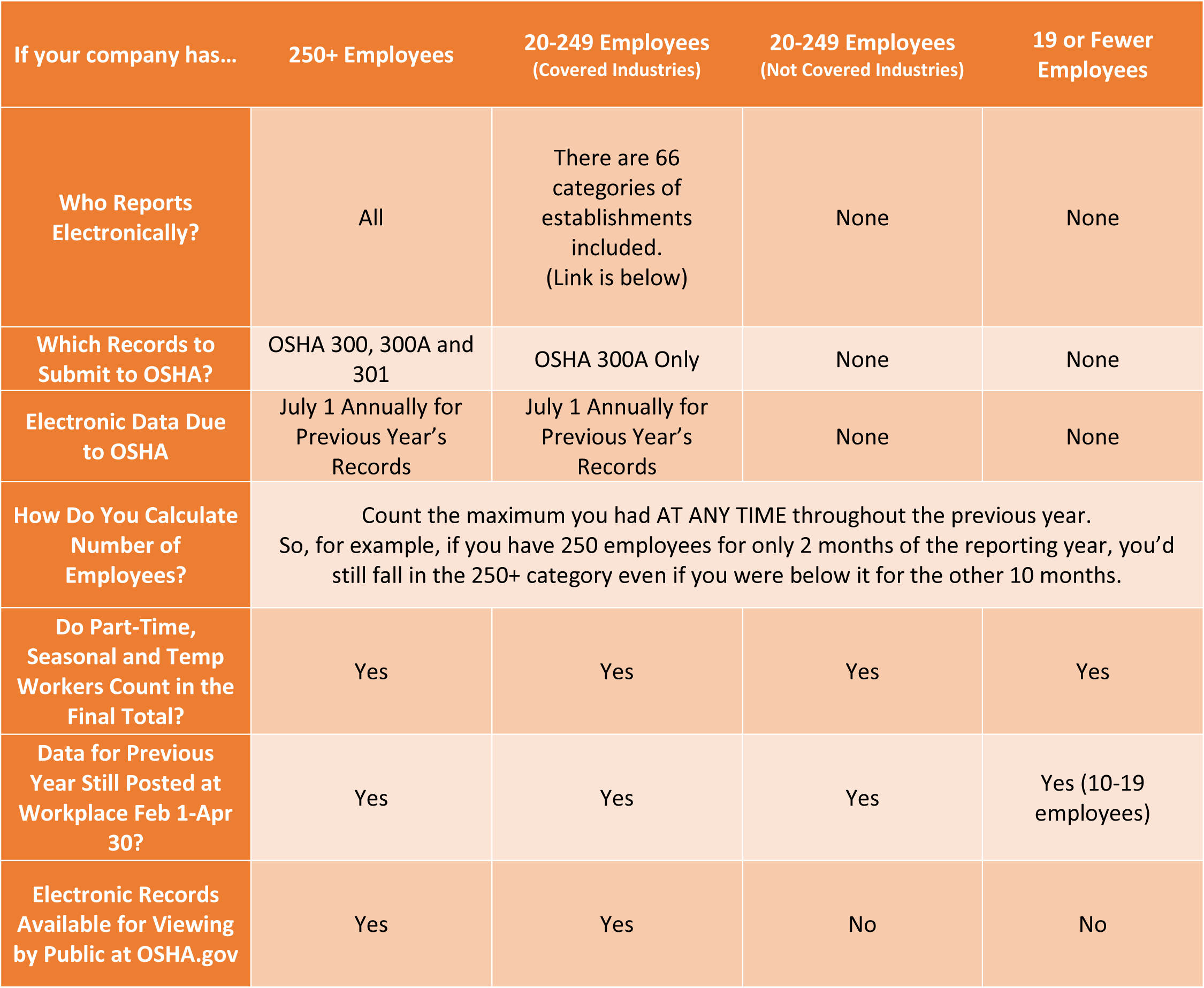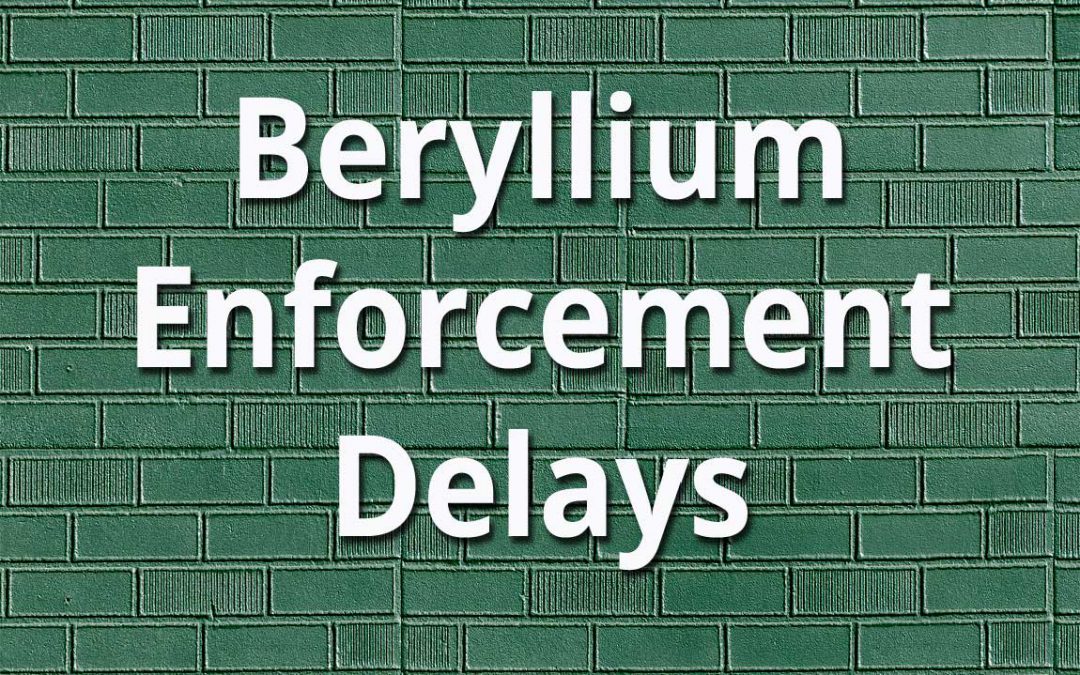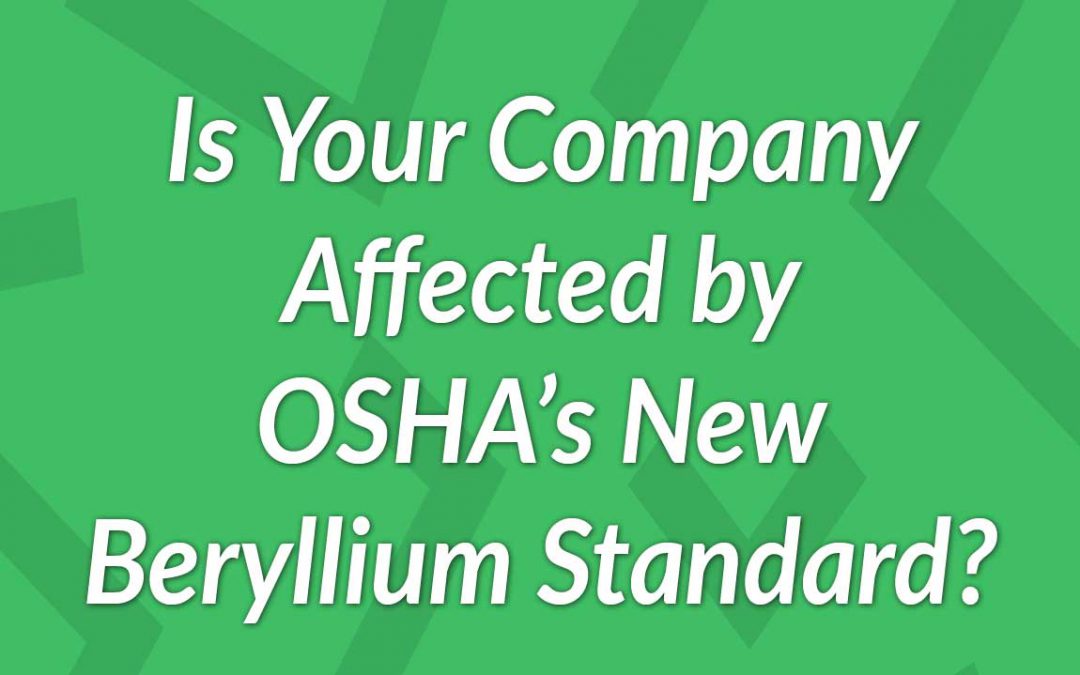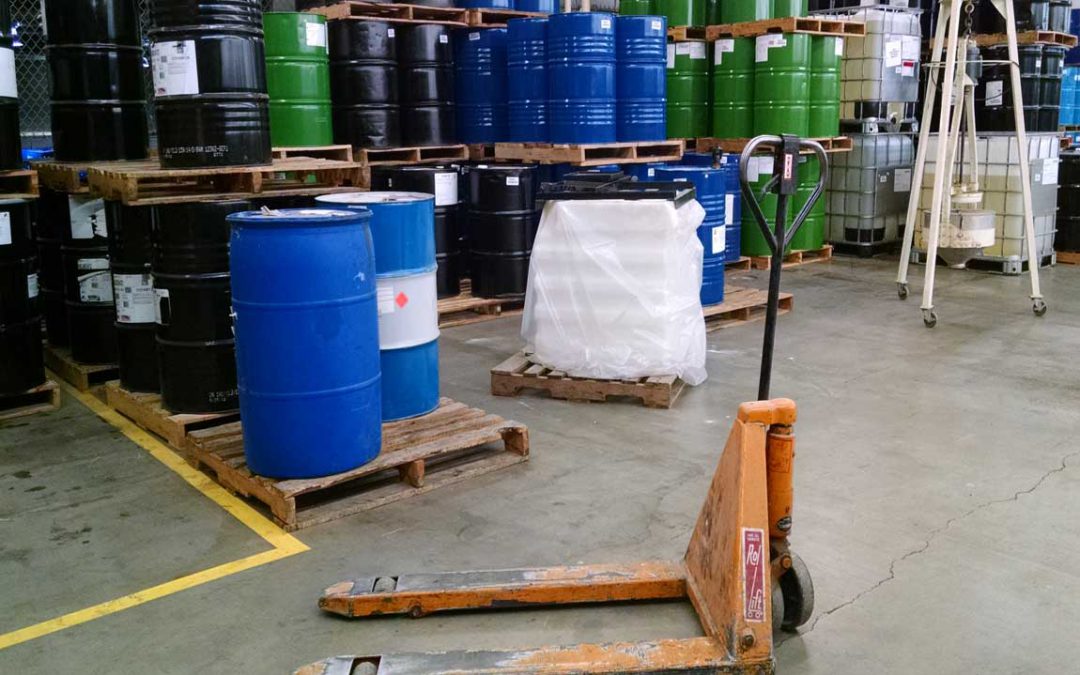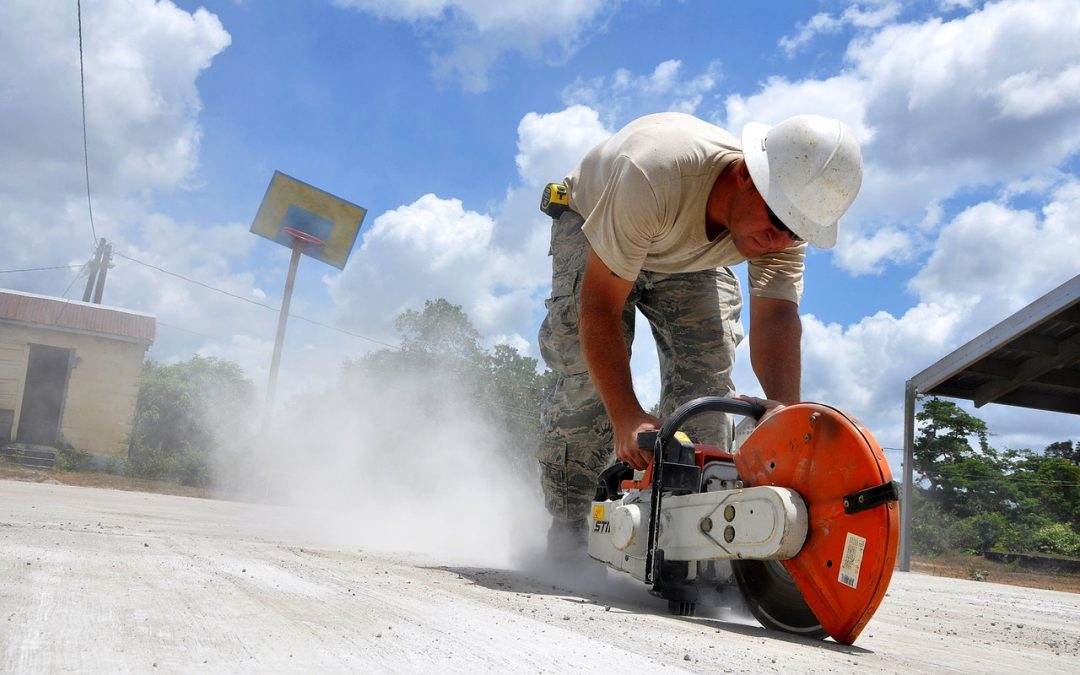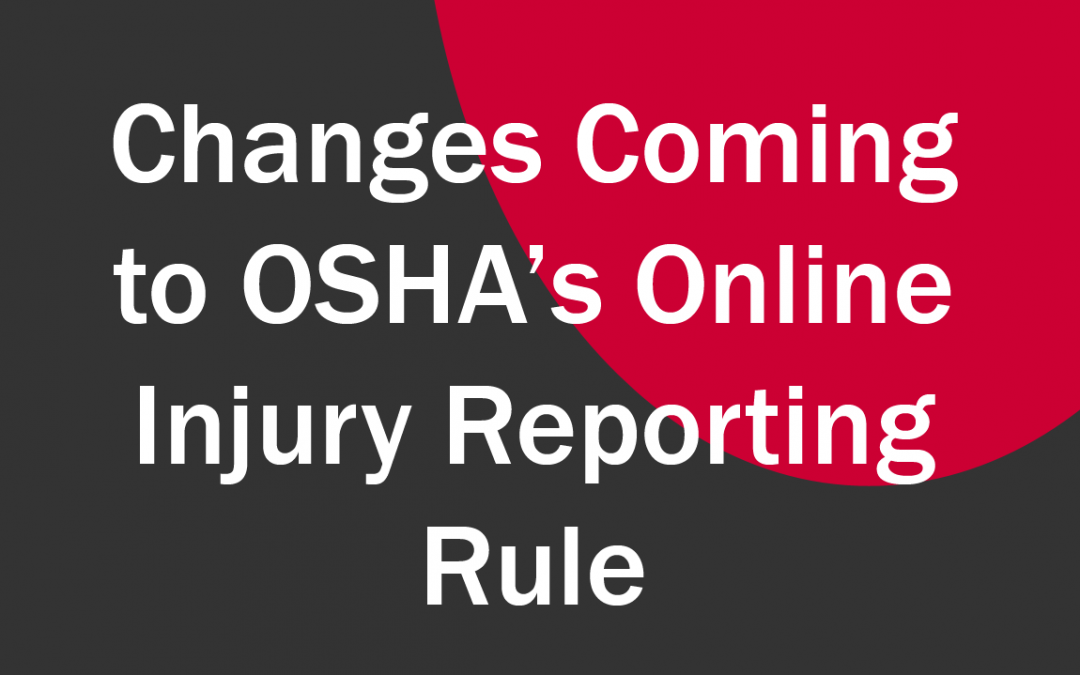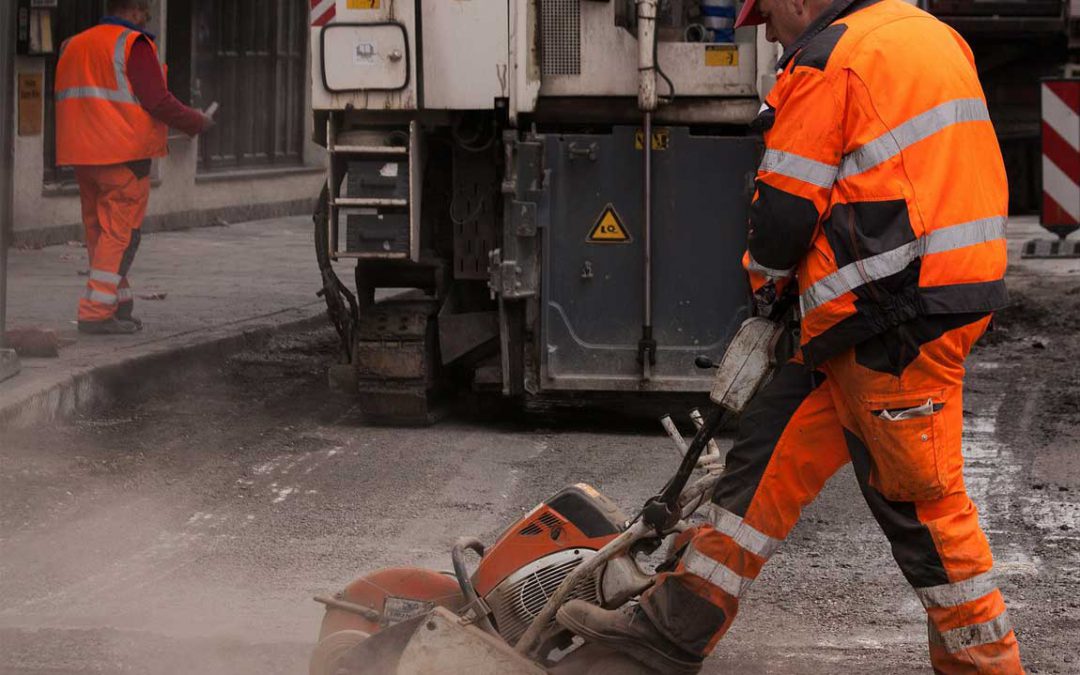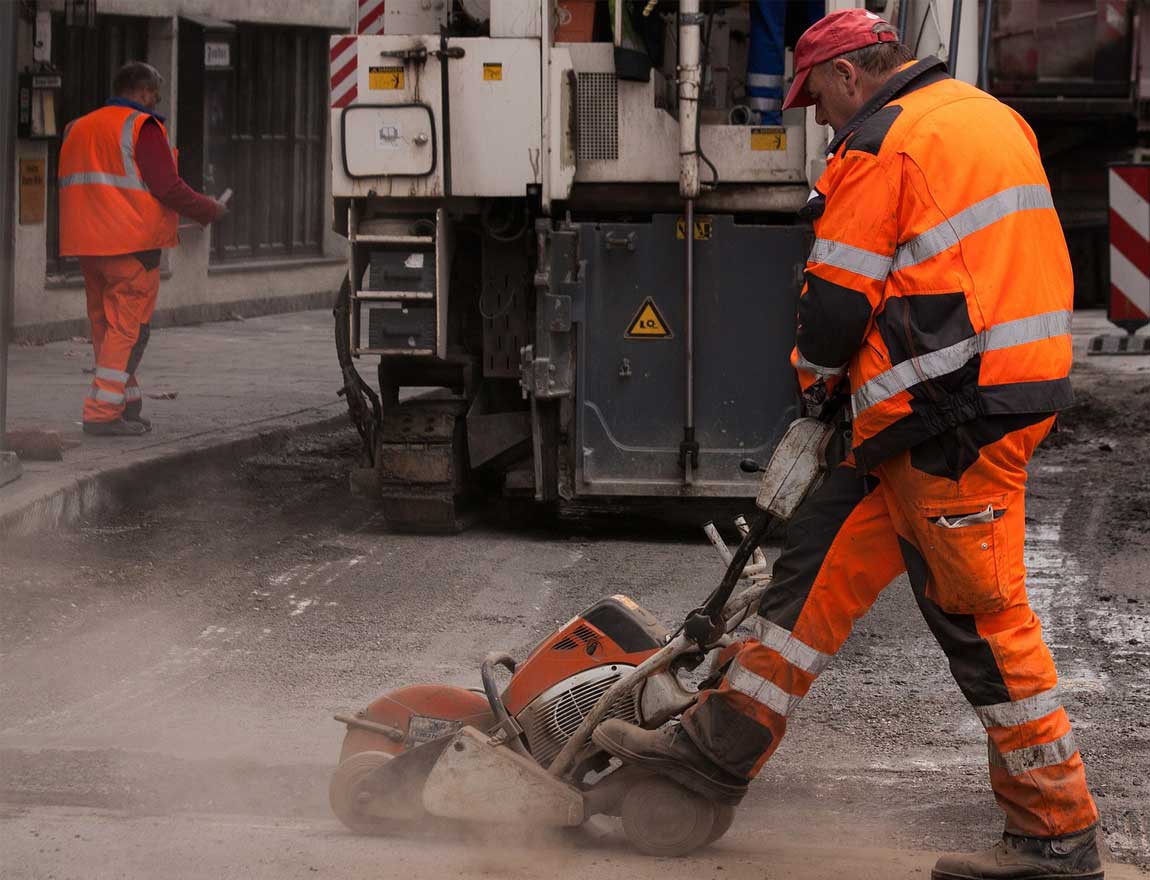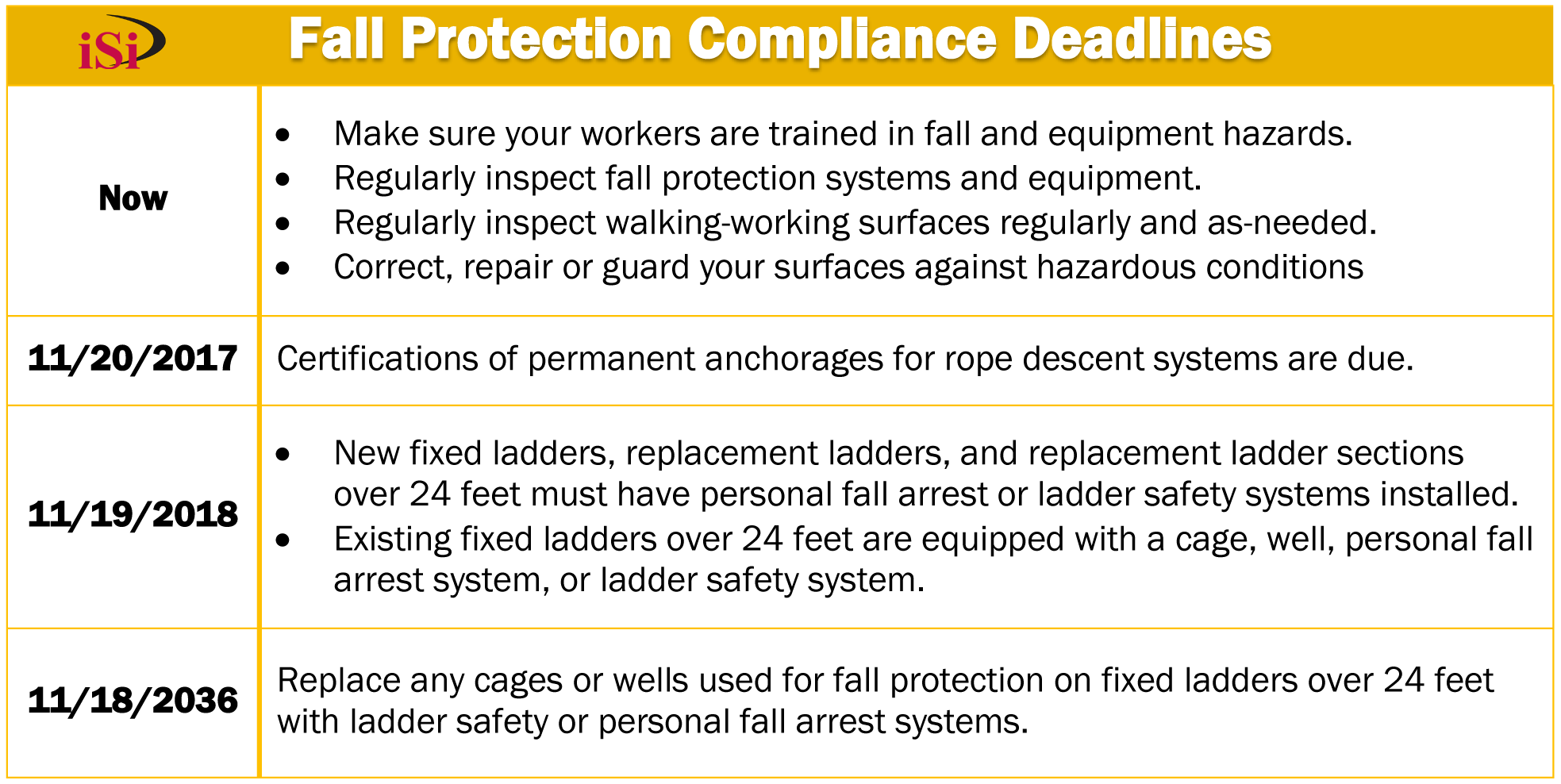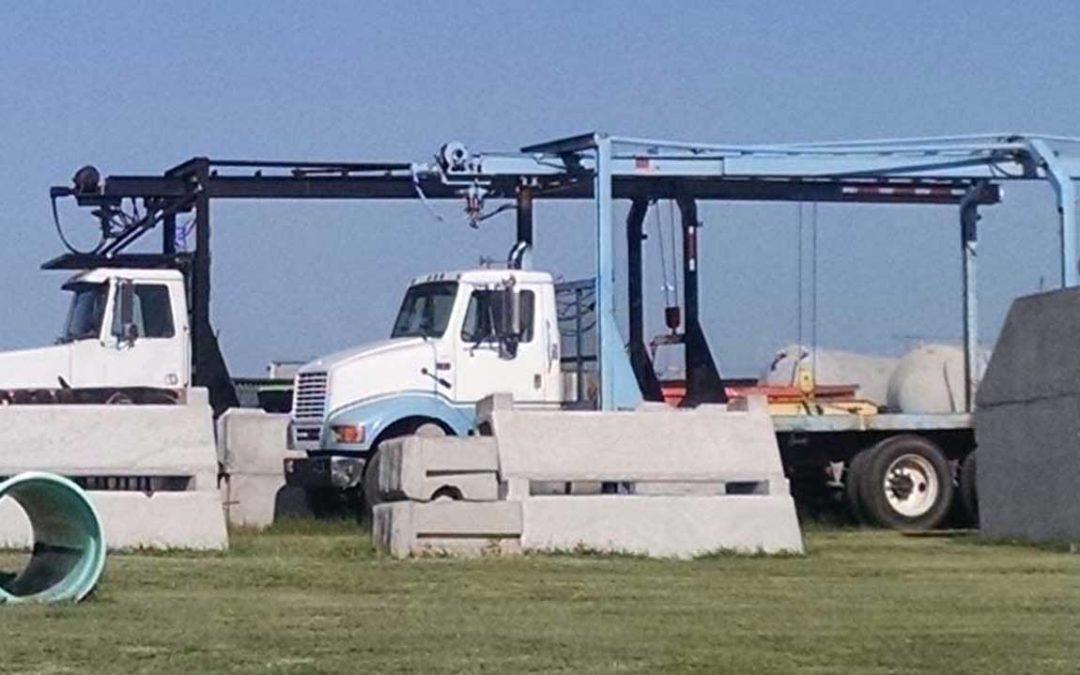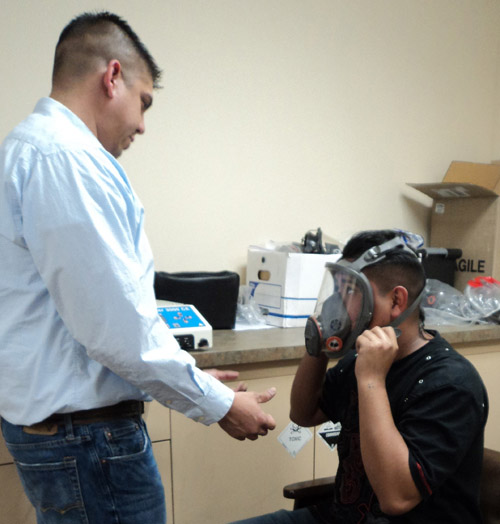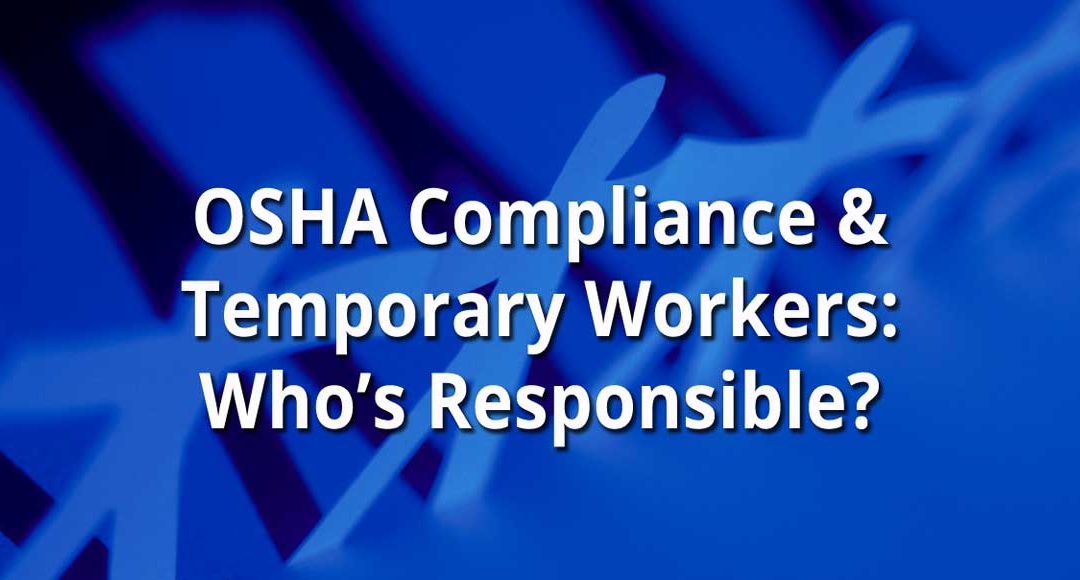
OSHA Compliance and Temporary Workers: Who’s Responsible?
When it comes to temporary workers, who’s responsible for OSHA compliance? Is it the host employer or the staffing agency?
Overall it’s the responsibility of both parties to ensure OSHA standards are being followed and workers are being protected. As a general rule, OSHA tends to lean towards site-specific issues being handled by the host and general issues be handled by the agency.
Communication
OSHA stresses the importance of communication between both the host and the agency and recommends responsibilities be clearly lined out in any contractual language before the working relationship between both companies begins. OSHA will be reviewing any contract between the host and the staffing agency to see where the responsibilities lie.
Staffing agencies are responsible for learning the potential hazards their temporary employees may encounter at the worksite. Agencies should determine what conditions exist, what hazards could be encountered, and how to protect employees. OSHA says that agencies need not have experts in safety and health on staff, however, they should receive training in hazard identification or employ the assistance of a third-party consultant to help them with those identifications. Ignorance of the regulations, or belief that one party or the other is responsible without it in writing will not be taken as a proper excuse by OSHA.
Recordkeeping and Reporting
Both parties are responsible for ensuring employees are involved in the recordkeeping system and that proper records are kept. Both parties are also responsible for making sure employees know how and where to report work-related injuries and illnesses. Neither can discourage employees from reporting an injury. When an injury does occur, the party who finds out first should report it to the other and then both the host and the staffing agency are to work together to investigate the cause.
When it comes to annual reporting, the employer who is supervising the employee on a day-to-day basis is the one who records the injuries/illnesses on their 300 logs. OSHA says this is most often the host employer.
Training
Both companies are responsible for training. Staffing agencies must communicate the training that their employees already have to the host, and both the agency and the host must ensure the employees have the adequate training to do the job. The contract between the two parties should line out who’s responsible for which training. As a rule of thumb, OSHA says that generic safety training would be the responsibility of the staffing agency and site-specific training would be the responsibility of the host site. Any training to temporary employees conducted by the host must be the same as training given to full-time employees.
PPE and Written Plans
It’s the responsibility of both parties to ensure the proper PPE is worn and provided. Neither can require the employee to purchase it themselves, that is, PPE will need to be provided to the employees. The parties can decide in their contract who’s responsible for purchase and assignment, but in examples from some of the OSHA’s guidance documents in these issues, the host employer will most likely be responsible for dictating what is proper PPE. This is because the host employer is already required to evaluate the workplace for exposure levels, have control over the processes and equipment that produce these hazards, and will be conducting surveillance of the areas. The staffing agency is responsible for knowing what those hazards are and how the employees are being protected.
Each party is required to have OSHA-required written plans when workers will be exposed to certain hazards. Example written safety plans required would include bloodborne pathogens, hearing conservation, hazcom, respiratory protection, lockout-tagout and other hazard-specific plans such hexavalent chromium or the new silica standards. The focus of each plan would be slightly different for each party, but a plan must be on file for each.
More Guidance
OSHA has a dedicated site to these issues, along with some good guidance documents for how to handle some regulations such as respiratory protection, industrial truck training, bloodborne pathogens, hazcom and more here. This site also gives examples of OSHA violations and which party was cited for which element.
Some of these issues, such as respiratory protection which has a number of requirements including medical considerations, can become tricky to navigate so please feel free to contact iSi for help in sorting out these issues.
Need Help?
Are you a host site trying to determine what you need to do? Are you a staffing agency who needs help determining what you need to learn to comply? Contact iSi and we can help!



